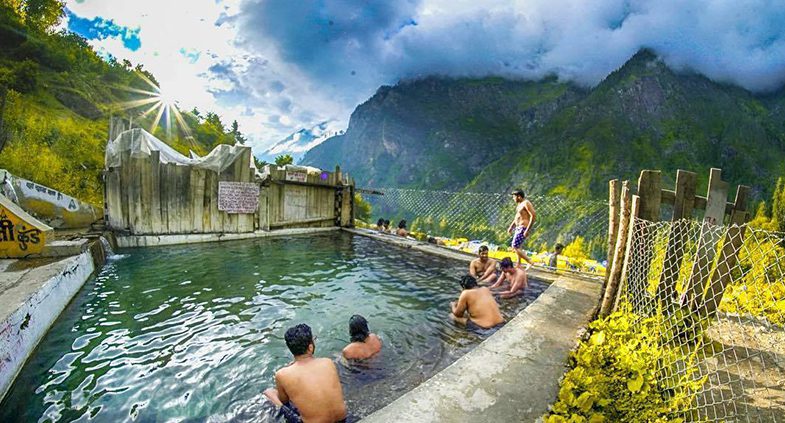Beginning from Barshaini, a pleasant village close to Kasol, Kheerganga Trek is a notable trekking objective in Himachal Pradesh. Trek to Kheerganga offers phenomenal glades, forested ways with pine trees, perfectly clear cascades, natural air, peaceful environmental elements, snow-covered mountains, underground aquifers, and a marvelous perspective on the Himalayas. There are plenty of small villas and towns close to Kheerganga that voyagers investigate, such as – Kasol, Pulga, Tosh, Malana, Chalal, Rasol. The most amazing aspect of the Kheerganga trek is that it tends to be done at whatever period of the year aside from January and February. Kheerganga is formally shut in snowfall which for the most part occurs from January to February.
About Kheerganga Trek
Situated in Himachal Pradesh, Kheerganga is one of the most well-known trekking objections among trekkers searching for moderate-level treks. Kheerganga Trek begins from the kasol. Kasol is a lovely town in Himachal Pradesh and located in the Parvati valley, on the banks of the perfect Parvati River, set among Bhuntar and Manikaran. Kasol is an arising passage to numerous well-known treks and becomes incredibly busy throughout the late spring season. Kasol is the base point for various well-known treks in Himachal like treks to Tosh, Chalal, and Kheerganga.
Kheerganga trek from Kasol is a short and simple trek, which even fledglings can do. The distance of the Kheerganga trek is 24 km and the territory stays a delicate grade or decreases all through the trek. Kheerganga Trek is a day trek and can be finished in one day. The specialty of Kheerganga is a stream that courses through it and has the shade of Kheer. Kheerganga is well known for high temp water springs and a hypnotising perspective on the Himalayan mountain and Parvati valley.
The most effective method to Reach Kheerganga (Khir Ganga Trek Routes) :
There are three distinct potential courses that can be taken from Barshaini to arrive at Kheerganga.
-Through Nakthan and Rudranag (13 km): This course is ideally suited for individuals who will do some photography as the course offers entrancing perspectives. To take the Nakthan course, cross the scaffold after Barshaini and take left from the Parvati stream. This is the briefest and most favoured course and requires 3-4 hours for an individual with normal trekking speed. The way through Nakthan is the most well known course to trek to Kheerganga.
-Through Kalga (15 km): Kheerganga Trek through Kalga town is the less famous course when contrasted with Nakthan and Rudranag. To go for this course, stroll towards the right half of the scaffold in Barshaini, and move towards Kalga town. This course is encircled by thick woodlands.
-Through Tosh Village: The course for the Kheerganga trek is unique in relation to the Tosh town and is for the most part utilised by those explorers who remained in Tosh one evening and were intending to go to Kheerganga the following morning.
Bairshani Village
Barshaini is the beginning and the endpoint of the Kheerganga Trek. There are not many choices for convenience and a café in this little yet lovely town. Assuming you need to purchase any provisions for the trek, it is suggested that you get them from here. A little street from here wanders to Tosh town, which is around 3 km from Barshaini. The Parvati River streams down neighbouring the Barshaini town.
Where to Stay?
As Barshaini is a little town in the upper Himalaya it has a few homestays in close areas. Tosh is a well known objective and has numerous choices to remain, going from lodgings to homestays. The new traveller rush in Tosh has implied that the costs of rooms have gone up. On the opposite side, Kalga town has modest and essential homestays, with an in-house eatery too. Costs for the stay change as per the season.
The environment at KheerGanga –
The temperature at Kheerganga Trek differs as per the season. Throughout the colder time of year, the climate at Kheerganga gets very cold and the temperature hits the negative, with snow covering the scene in sparkling snow. During summers the temperature goes up to 26 degrees, .i.e., late in May or early June. In the winters and accordingly, in the stormy season that is from October to February, the temperature ranges between 3 degrees to 10°C, and typically it’s been 32 degrees.
![]()

